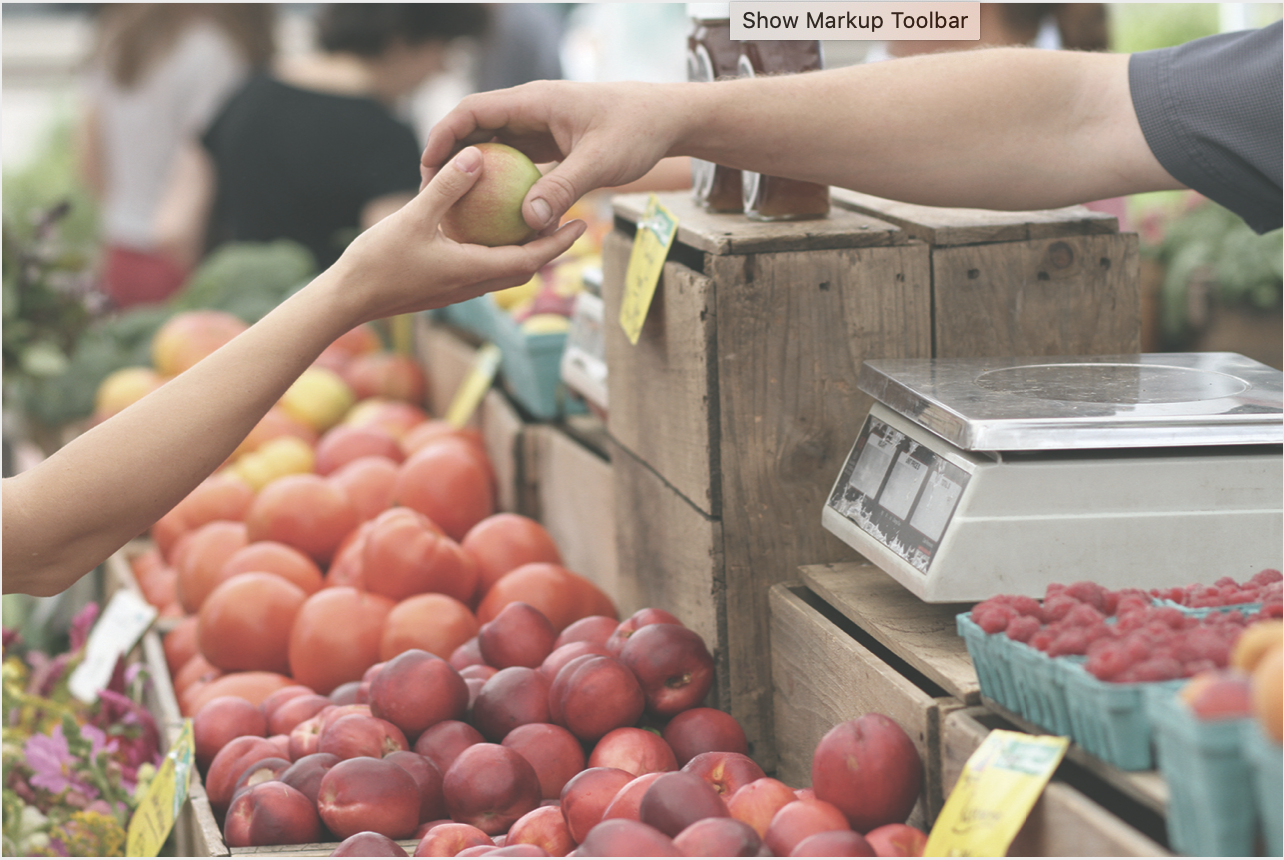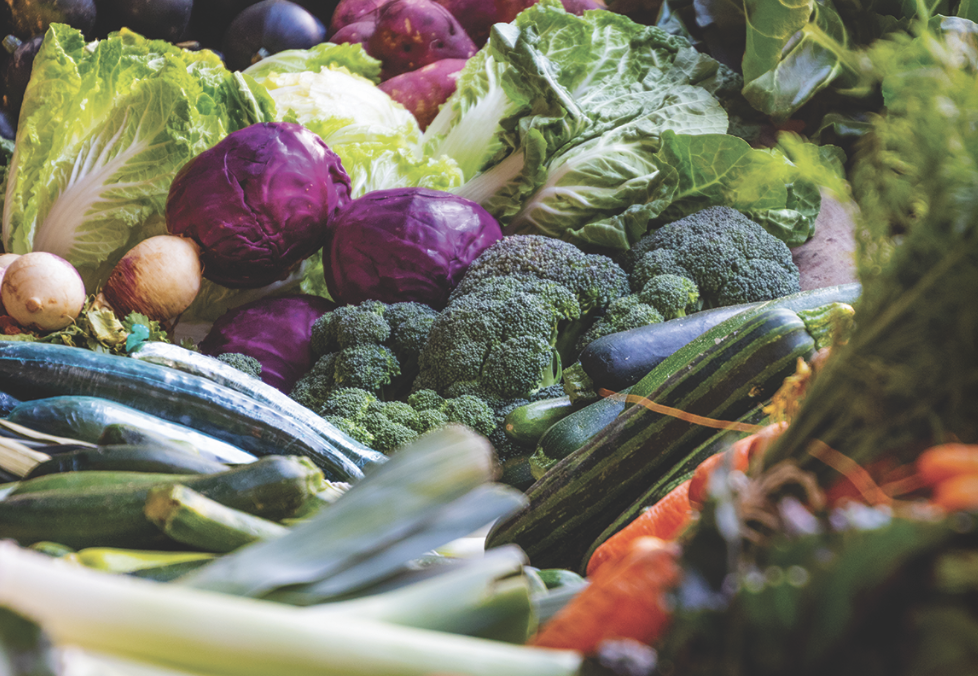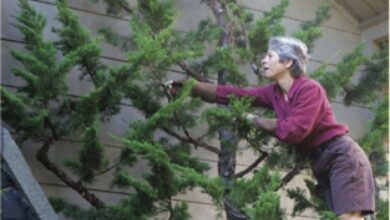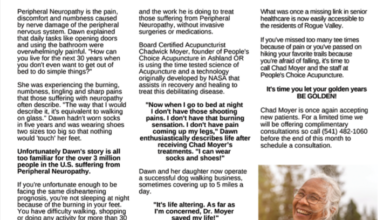For years in the Rogue Valley, many committed individuals have dedicated themselves to the advancement and promotion of local food systems and networks. In today’s interview, I speak with Alison Sexauer, the coordinator of the Rogue Valley Food System Network to learn more about its history and work here in the valley.
Hi Alison, thanks so much for taking the time to speak with me today. To begin with, will you please introduce us to your organization? Please tell us about its history here in the Rogue Valley and the mission behind what you do.
Thank you for the invitation. The Rogue Valley Food System Network was born out of a rather large scale community assessment process that occurred in both Jackson and Josephine County back in 2012 and 2013. A group of individuals were inspired to bring the many folks who were working on local food issues to the same table in order to amplify the work being done, bring folks out of their silos, and really assess the state of the local community food system. These Community Food Assessments (available on our website) identified several key areas where there was a need or gap in services. One of the needs identified was to have an organization dedicated to holding the overarching vision of the area and keep working on the bigger issues that affect all sectors of a food system. RVFSN is a collaboration of organizations, agencies, businesses, and individuals committed to working together to create a secure, sustainable food system that is accessible to all. The Network serves as a conduit of resources and brings together stakeholders to unite efforts, create change, and advocate for a more just and environmentally sustainable food system in Josephine and Jackson Counties.
Alison, let’s talk about local food security. What does this mean and how much of that do we have here in the Rogue Valley?
Food Security is more often referred to in terms of food insecurity and describes a state where a household does not have access to reliable, nutritious food on a regular basis. Both Jackson and Josephine Counties are two of the more food insecure counties in the state of Oregon. Many of our neighbors are unable on a monthly basis to make ends meet and are reliant on the local emergency food services as well as SNAP programs and free school meal programs. Most of the statistics out there are from 2018 at this point, and as many folks have noticed, we are experiencing a completely different set of factors since the beginning of 2020. This year our local food banks, such as Access, have experienced an increase of over 60%.
When we talk about Food Security, what we really are looking for is that all of our neighbors are nourished with good, clean food on a daily basis, and that the system of growing and distribution by which that food arrives to the store or our door is resilient and stable. This also includes, I think, that we grow enough food in the region that we are able to sustain ourselves should the larger national distribution system suffer shortages or breaks in the supply chain as we have recently seen. True food security on the local community food system level includes everything from our seeds to our soils. On a regional level, it is important to be cultivating these industries, rather than relying on large systems that become vulnerable in the face of a crisis as we have seen recently.
What are examples of ways that the average citizen can contribute and help support local food security?
There are really so many unique ways to contribute to local food security… from supporting local farmers, artisans, and the restaurants who support those farmers and artisans, to growing your own food as much as possible. I have thought about this question for years and really I think it comes down to being comfortable asking questions. Let’s start with a seed. Where is that seed or seedling from? Is it one of our regional seed growers? Is it contributing to the degradation of soils or their regeneration? If you don’t grow a garden, perhaps try to grow something, or connect with a neighbor who grows something. Expanding out, locally we have several community garden spaces that one could rent a plot at, or if those are full, ask a neighbor with a garden space that isn’t being used. Then on a commercial level, we can spend the dollars we make to be casting our food for food security. At our local grocery stores, we can ask them to bring in more local produce, we can ask our restaurants to use more local goods, and certainly, order the local item if there is one. Shopping at the many farmer’s markets throughout the valley has so many great impacts. It puts the money directly into our farmer’s pockets and builds relationships. Anytime we can support the people who are growing and producing our food, we are contributing to resilience and security because those farmers are likely to stick around. These farmers are also the ones who are donating overages to serve the food insecure and who are accepting SNAP and Double Up Food Bucks.
A big part of your job has also been to connect the dots which helps to fill in this network. Please share more about specific projects your organization is doing and has done here in the Rogue Valley.
Over the past several years RVFSN has been a part of identifying the need for a local food hub and helping to catalyze the Fry Family Farm Food hub. We have held several panels on important topics including “The Future of Food and Farming in the Rogue Valley,” “Cannabis and the Impact on the Local Food System’” and many more in our monthly public presentations and networking meetings (now on hold). RVFSN has worked with SOU to put out a Growers Economic Assessment which is available on our website.
We produce the Rogue Flavor Guide which is an annual guide to local food and farming as well as host and update a local food directory on our website: rvfoodsystem.org.
Most recently, RVFSN, alongside several partner organizations, is looking at farm-to-institution purchasing, which would include Farm-to-Food Bank programs like the one that ACCESS is working on now, and local food procurement for schools alongside RV Farm-to-School.
Also, coming up in the fall we will be completing a process in Josephine County called FEAST (Food, Education, Agriculture, Solutions, Together) where we will facilitate local communities in identifying gaps and needs, as well as resources for solving some of the pressing local food issues in the different communities.
Alison, we are living in a time of great uncertainty. “What if” seems to be a very possible question that many have asked themselves. What are some of the most important questions you feel should we be asking ourselves here in our community?
How am I in relationship with the things I consume?
Do I know where it comes from and what it is made of?
What if we grew all of the food we consumed?
What if we thought of foodsheds as we think of watersheds?
On the more nihilistic side, what if larger distribution systems shut down? What if I can’t get my food from the grocery store?
Alison, please share your vision for a more sustainable future here in Southern Oregon and around the world.
Wow. This is a big question. My personal vision is always being influenced and growing more and more fine-tuned but here goes something. Less is more. I am of the vein of humans on the planet that does not believe that technology will save us, and I think it is time to go forward into a simpler time of living on the planet. In terms of food and agriculture, it is time for each of us to ask the hard questions about the invisible impacts our choices have. We must begin to think on and act within foodsheds, watersheds, fiber sheds, and medicine sheds… where each household has some connection to that which feeds, nourishes, and clothes them. Not everyone is a farmer but everyone must know a farmer. In terms of farming methodology, we must grow and tend the soils, and the microbiology that lives within the soil. Moving to smaller production systems allow for more diversity, and diversity is key to resilience.
In your work on the front lines of food security, what are some exciting developments you see and or trends that have emerged during this time of crisis?
It has been amazing to watch the clear difference in how a local food system reacts to crisis vs. a large industrial food system. During this crisis, what we saw on the national level was farmers plowing crops under, animals being culled, and all-around a ton of food waste. And what we also saw here locally was farmers pivoting within a week to offer home delivery CSA boxes, and RVF2S creating a program to distribute 2000 veggie boxes a week to families whose kids were accustomed to being fed in school. We saw action networks forming to make sure neighbors were fed and had what they needed. We saw our local food co-ops rise to the occasion and provide unique hours and curbside pick up. It has been pretty incredible to witness how the seed industry has had one of it’s best years, and I guarantee you there are more home gardens in the Rogue Valley than there have been in years, if not ever. And I imagine everyone noticed the home baking revival?
Alison, how can we as citizens participate more and work together to support your organization?
Thanks for asking. One of the best ways to participate with the RV Food System Network right now is through our social media presence. We also have this great website directory online at rvfoodsystem.org that we are building and growing. If you sign up for our newsletter, you can stay tuned to events, news, and job opportunities in local food systems. Pick up a copy of Rogue Flavor Guide and go support one of the businesses or organizations. If you feel inclined to make a financial donation, you can do so through our website as well.
And finally, reach out and send me an email… what are you seeing? What are you working on? The RV Food System Network is a network and really includes all of us, so let’s collaborate and make a difference together.
Learn More:
Rogue Valley Food System Network
rvfoodsystem.org
(541) 973-9446






